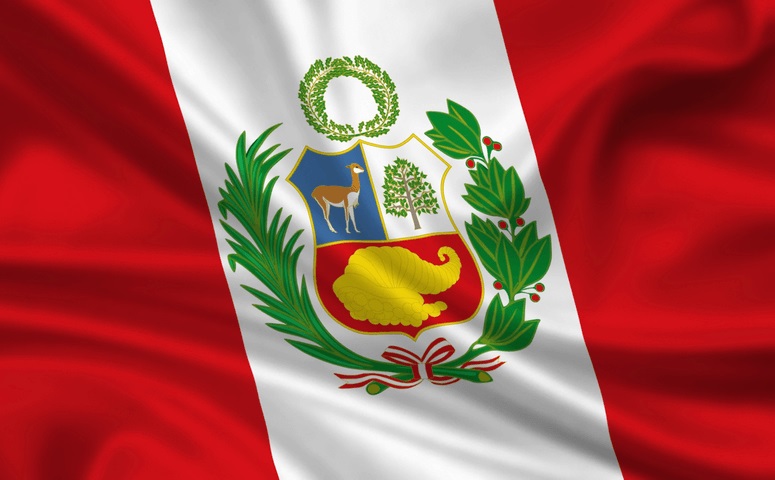
From exploring ancient Inca ruins and hiking through the Andes to visiting the coastal desert and exploring the Amazon, Peru has a lot to offer. While this is undoubtedly exciting for any traveler, with so much to see and do, planning a trip to Peru can feel a bit overwhelming.
Here are some of our best tips to help you enjoy a stress-free Peruvian adventure.
Table of contents:
- 1. Documents and Travel Insurance
- 2. Health and Medication
- 3. Food Safety
- 4. Cusco Travel Tips
- 4.1 Tips on Weather and Climate
- 4.2 Tips on Clothing and Shoes
- 4.3 Tips on Packing
- 4.4 Tips for Exchanging Money
- 5. Additional Tips for an Unforgettable Cusco Trip
1. Documents and Travel Insurance
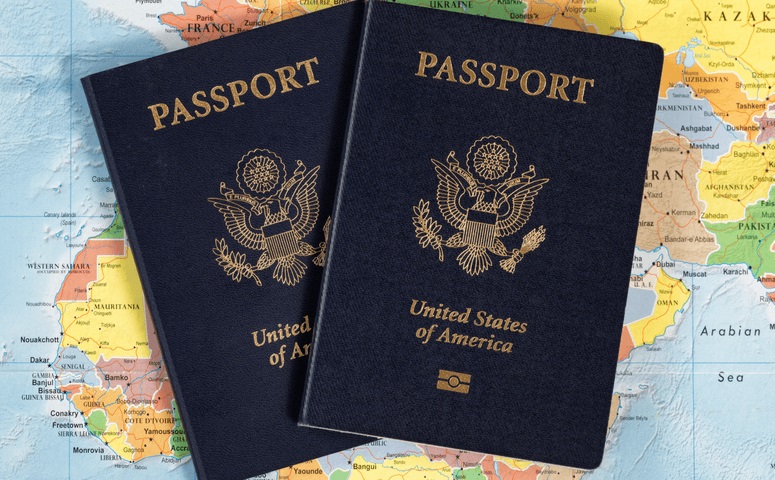
To enter Peru, you need a passport that is valid for at least 6 months from the date of entry. Currently, US, UK, Canadian, EU, Australian, and New Zealand passport holders do not need to apply for a visa if they are traveling to Peru for tourism purposes. They can remain in the country for up to 183 days.
If you’re entering Peru from a neighboring country, though, you will need to get your passport stamped with a Peruvian entry stamp at the local immigration office. Due to the pandemic, this has been digitalized in various countries. For more information, check in with your local embassy.
To ensure a hassle-free trip, it’s best to always check entry requirements online before you head off to Peru.
In addition to your travel documents, it’s highly recommended that you take out comprehensive travel insurance, as well. Travel insurance will protect you against injury, theft, and cancellations.
Health and Medication

Before traveling to Peru, be sure to consult your physician on whether you need additional vaccinations, as well as any other health precautions you need to take.
If you have prescription medicine, make sure to bring enough to last the length of your trip (along with a copy of your prescription). Some handy tips when traveling with medications include:
- Carry medications in their original packaging.
- If you have a pre-existing medical condition, it’s wise to carry a letter from your doctor that states the condition and required treatment.
- Check-in with the nearest Peruvian Embassy to make sure any medications that you carry are not considered to be illegal.
Other handy items to consider bringing include:
- Pain and fever medicine
- Diarrhea medicine
- Antacid
- Hand sanitizer
- Bandages
Food Safety
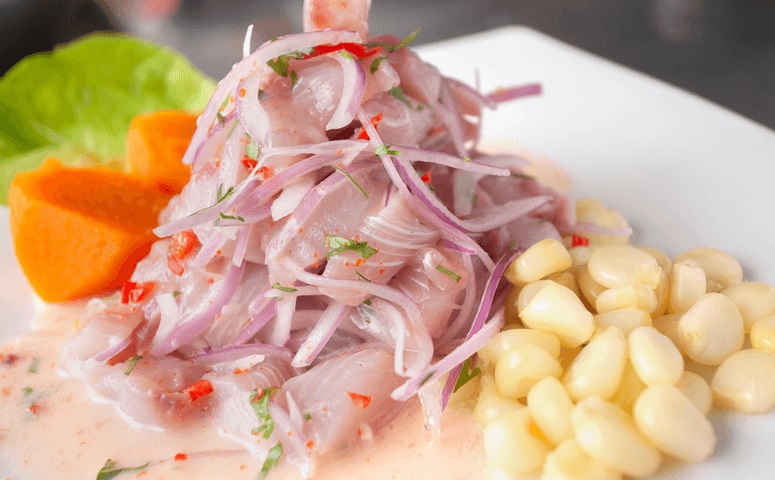
In recent years, Peru has become one of the world’s top culinary hotspots, and it’s easy to see why.
Peruvian cuisine brings together a blend of different tastes and cultures and hosts an impressive dining scene that ranges from charming cevicherias to five-star gourmet restaurants.
With that in mind, having an upset stomach during your trip is less than ideal. Like any new cuisine you try when traveling abroad, your stomach often needs some time to adjust.
Street vendors are usually a delicious, uniquely Peruvian experience, but if you’re on a brief visit, you should be cautious. Tap water is not recommended for drinking and, as a rule of thumb, you need to watch out for ice, fresh-cut fruit, salads, or anything that might have been washed in unclean water.
While you can’t drink tap water in Peru, you can still safely use it to shower and brush your teeth. Bottled water is easily accessible throughout the country, though, you can also bring a portable water purifier.
Cusco Travel Tips

When it comes to visiting Peru, travelers typically gravitate to some of the country’s most favored highlights – Machu Picchu, the Inca Trail, and the Sacred Valley.
The city of Cusco, once the capital of the Inca Empire, is commonly known as the gateway to these famed sites.
That said, there is more to Cusco than a starting point. The city’s steep cobble-stoned streets are lined with beautiful Colonial architecture, stone walls, and incredible ruins of Inca days.
Discovering the San Blas district, strolling through the San Pedro market, and visiting the Choco museum are just some of the best things to do in Cusco if you’re looking for deeper cultural and historical insights.
Here are some tips on how to make the most out of your time in Cusco.
Tips on Weather & Climate
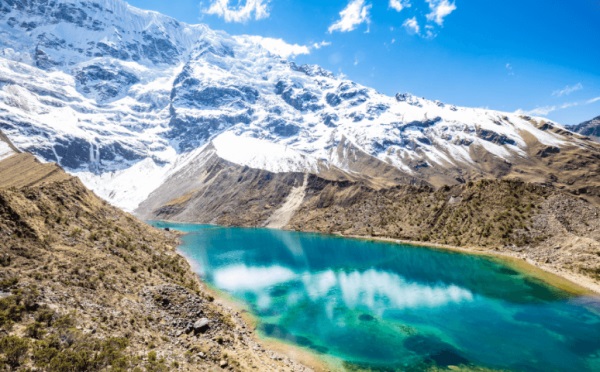
Peru has two seasons – dry and wet.
The dry season lasts from May to late September/early October. The warmest – and busiest – months are July and August. Although the Cusco Wheather can be unpredictable, the best time to visit the region is often in May, September, and October. During those months there are fewer tourists but the temperatures are still pleasant.
If you plan on hiking in the Peruvian Andes, it’s important to keep in mind that (during the dry season) you’ll enjoy plenty of sun during the day, but the nights can get quite chilly with temperatures dropping to 32°F (0°C).
During the wet season (November to April), temperatures can get up to 73°F (23°C) during the day and up to 45°F (7°C) at night. Although the temperatures are rather high, most tourists avoid the season due to its heavy rainfall.
In general, the wettest months are from January to late March. If you want to trek in the mountains, it’s good to note that roads and trails may become blocked and/or slippery. In addition, the Inca Trail and the Salkantay Trek are closed for renovation during the entire month of February.
Tips on Clothing & Shoes
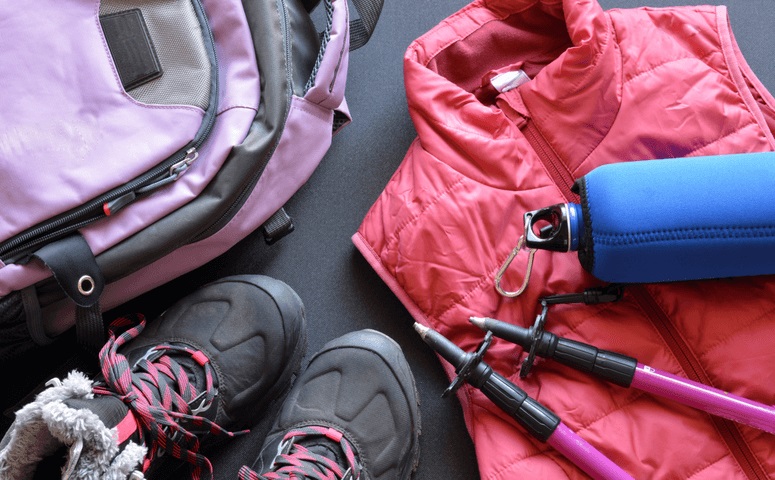
What items you should pack will generally depend on what areas you’re planning to visit and what time of the year. A Salkantay trek pagking list, for example, should include items such as waterproof hiking boots, basic toiletries, and a mini first aid kit.
In all cases, however, you’ll want to avoid back strain, which means packing smart and light. Essentials that you’ll likely need, regardless of your itinerary, include:
- A small daypack
- Refillable water bottle
- Sunscreen
- Insect repellent
- Sunglasses
Another thing to keep in mind when packing is that the electric plugs in Peru are type A and C, and the standard supply is 22V/66Hz. To charge your electronics, or use hot tools such as hairdryers, you may need to bring a universal power adapter.
Tips on Exchanging Money

The currency in Peru is the Peruvian sol. Generally speaking, you can exchange money in your home country or once you arrive in Peru.
Banks and ATM machines are typically located in most tourist locations. Major credit cards are widely accepted in bigger Peruvian cities, as well.
In more remote areas, it’s a good idea to have enough cash on you for attractions, meals, and any unforeseen events. Check this breakdown of Peru travel costs so that you can plan better.
While Peru is considered a fairly safe country to travel to, it’s still wise to avoid carrying large amounts of cash on you.
Additional Tips for An Unforgettable Cusco Trip
The city of Cusco is home to some of the best preserved Incan architecture and colonial treasures. Together with authentic Andean culture and exciting nightlife, the city is a must-visit highlight of any Peru trip.
Serving as a gateway to some of the country’s greatest archaeological attractions, it’s also no surprise that the top 10 places to visit in Cusco are nothing less than spectacular. These include the famed Machu Picchu, but also the picture-perfect Rainbow Mountain and the turquoise Humantay Lake – ideal for those looking to capture the perfect shot.
Before you pack your bags, however, note that many of these attractions sit at higher altitudes. The elevation at Machu Picchu, for example, is 7,970 ft (2,430 m), and the Humantay Lake sits at the dizzying 13,900 ft (4,237 m) above sea level.
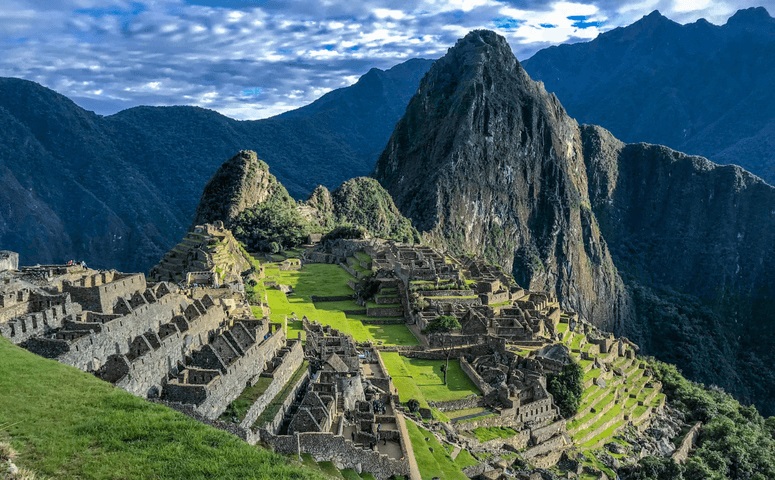
If you’re not aware of altitude sickness and how to avoid it beforehand, the abrupt changes in elevation and climate once you arrive in Cusco can cause severe headaches, nausea, tiredness, and difficulty breathing.
Some ways to avoid altitude sickness and have a pleasant trip include:
-
Spending your first couple of days at Cusco doing light activities that don’t require great physical effort.
-
Drinking plenty of water
-
Avoiding heavy meals and alcohol
-
Drinking coca leaf tea
Ready to Embark on Your Cusco Trip?
Trekking to the world-famous Machu Picchu is the main highlight for most travelers, but this is only a fraction of what the Cusco region has to offer.
Ready for a staggering array of landscapes? Check out the 3 best multi-day trips from Cusco and find the best itinerary for you.

Recent Comments